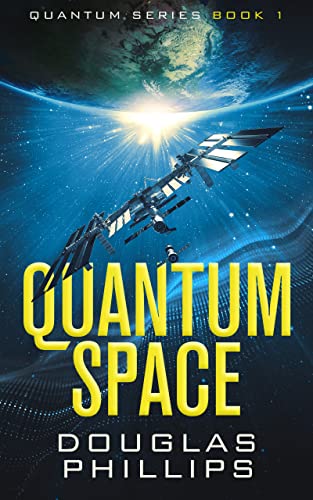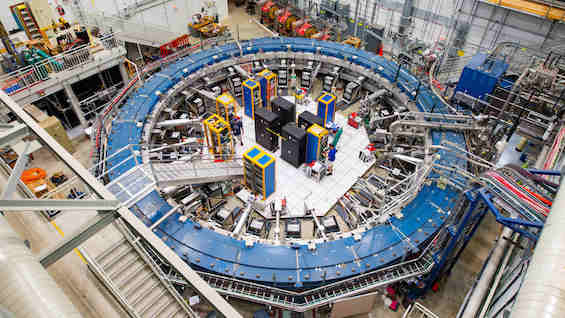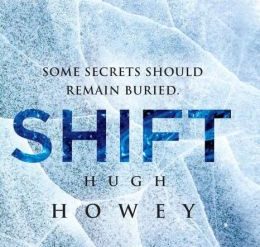
Quantum mechanics puzzled even Einstein, and string theory later added layers of complexity. Just try imagining ten dimensions, or, for that matter, even four-dimensional space. And, no, time is not the fourth dimension. They’re all spatial dimensions, like height, width, and depth. Try it. You’ll tie your head up in knots. So, you’ll likely agree with me that you or I can’t truly understand the stuff. But in Douglas Phillips’ novel, Quantum Space, you may see more clearly how far scientists have progressed in understanding how the universe and everything in it is constructed. Because even though the novel is a speculative thriller and thus fictional at its core, it’s a genuine example of hard science fiction that is truly grounded in what we know about the world around us.
Estimated reading time: 5 minutes
Building on the Standard Model of the universe
Phillips makes a valiant attempt to explain in simple, everyday English how string theory forces scientists to look beyond the Standard Model of the universe. He adds a few fanciful twists and turns of his own in the explanation to make his story work (as he explains in an Afterword). Still, it works. And along the way he offers the most cogent and common-sense explanation for the Fermi Paradox that I’ve ever come across. The novel may be worthwhile reading for this lesson alone. But it is speculative and a thriller, with a baffling mystery at its heart. And mystery piles on mystery as Phillips’ story rushes to its eye-opening conclusion.
Quantum Space (Quantum #1) by Douglas Phillips (2017) 361 pages ★★★★★

A Soyuz capsule disappears with three aboard
It’s not far in the future. Despite conflict in other areas between the United States and the Russian Federation, they continue to collaborate actively at the International Space Station. (That’s true even today, surprisingly, despite Russia’s invasion of Ukraine.) A crew of three from the station—an American, a Japanese, and a Russian commander—are on their way back to land in Kazakhstan when they suddenly disappear. We know (because Douglas Phillips shows us) that they’re still in orbit around the Earth. But all trace of them has vanished from the perspective of tracking stations around the world. Except for a few garbled phrases in Russian. How’s that for an opening of a speculative thriller?
The White House mobilizes teams to investigate
Naturally, panic ensues at NASA as well as Roscosmos. Soon, too, at the White House. There, in the Situation Room, the President, the National Security Advisor, the President’s Science Advisor, and the Director of NASA quickly agree on a plan. They appoint a team of investigators to explore each of three possible explanations, all of them far-fetched. To chase down the long-shot suspicion that a scientific experiment underway at Fermilab in Illinois might have something to do with the disappearance of the Soyuz shuttle they select a team of two. And it’s this team we follow from the moment they’re awakened in their beds in the middle of the night.
One mystery soon leads to another . . . and another
Dr. Daniel Rice, an aide to the science advisor, and Dr. Marie Kendrick, of NASA Special Operations, rush to Batavia, Illinois in a military Learjet to meet the staff of Fermilab. There, an advanced science program called Diastasi is underway on the cutting edge of particle physics. And it soon becomes clear that Diastasi, a cooperative effort of the lab and a private company called Stetler, is almost certainly involved in the disappearance of Soyuz. Because Diastasi, well, “at the risk of sounding crazy, they make things disappear. Literally, disappear.” How? By using a high-energy particle accelerator to propel objects into the fourth dimension, invisible to all earthly observers.
In short order, Daniel and Marie interview the scientists and administrators involved in Diastasi. And not only do they conclude that the program is the cause of the disappearance, they uncover shady dealings at Stetler. The boss, Terry Stetler, and his chief technology officer, have a terrible secret—and they seem unwilling to stop at anything to keep it secret.
About the author

According to the bio he posted on Amazon, Douglas Phillips “has two science degrees, has designed and written predictive computer models, reads physics books for fun and peers into deep space through the eyepiece of his backyard telescope. Doug splits his time between Seattle and Tucson, travels the world with his wife, hikes with his two sons, and becomes a child all over again with his grandchildren.” Phillips is the author of the five books in the Quantum series and a “neuroscience thriller” titled Phenomena.
For related reading
I’ve reviewed the sequel (with spoilers if you haven’t read this book) at Quantum Void (First Contact at last in this thrilling series). And, later, I reviewed the third book in the series, Quantum Time (An entertaining tale of time travel).
For more good reading, check out:
- These novels won both Hugo and Nebula Awards
- The ultimate guide to the all-time best science fiction novels
- 10 top science fiction novels
- Good books about space travel
- 10 new science fiction authors worth reading now
- The five best First Contact novels
And you can always find my most popular reviews, and the most recent ones, on the Home Page.


























